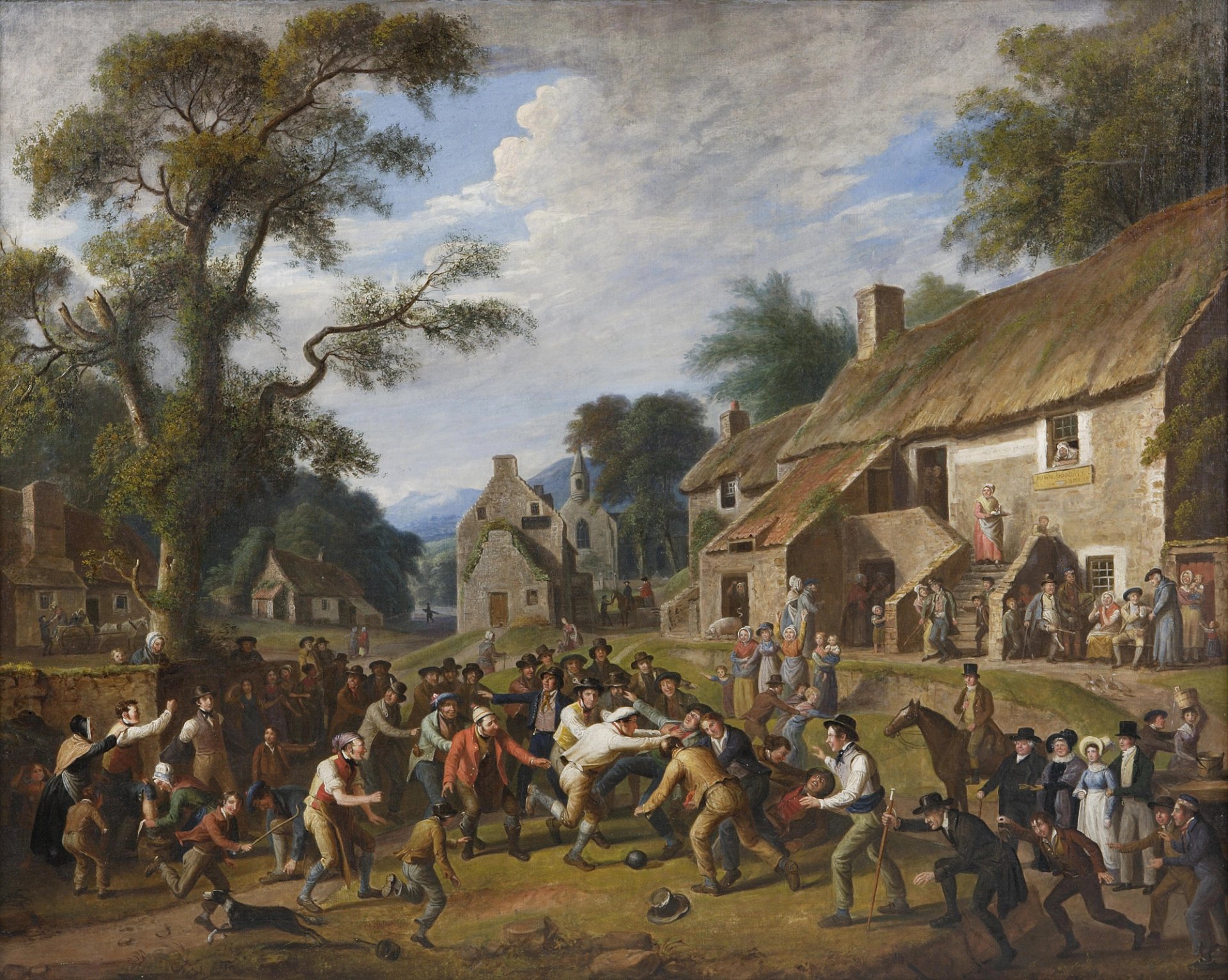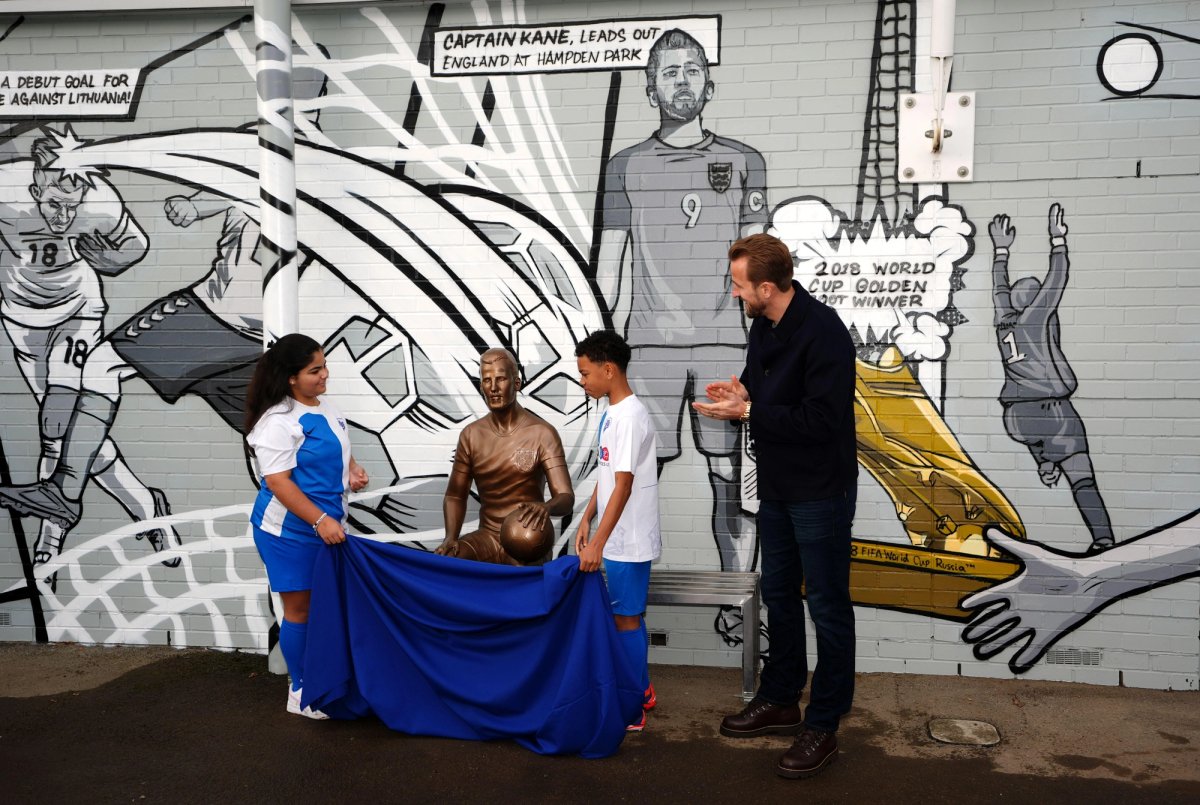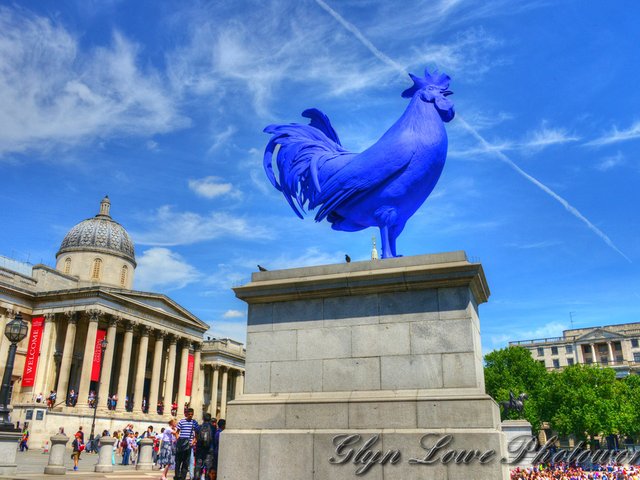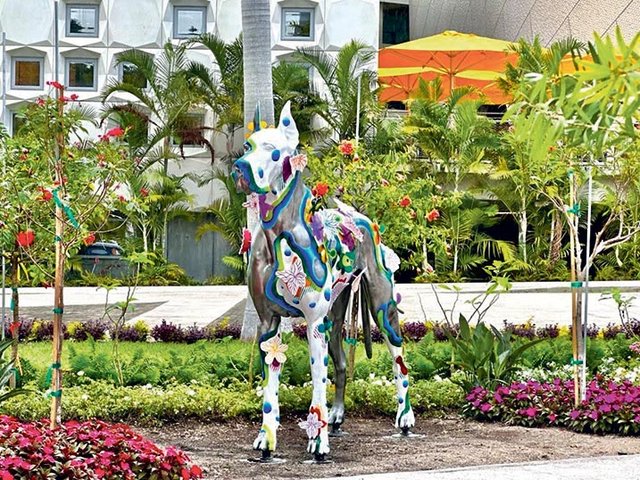With a statue of England skipper Harry Kane unveiled this week, there are enough life-size effigies of famous footballers around to form a decent defensive wall. They’re sufficiently sturdy to block a free kick, although they’re vulnerable to the volleys of art critics.
The country’s leading goalscorer joins Cristiano Ronaldo, the Manchester City great Vincent Kompany, the World Cup winner Bobby Moore and others in having a likeness made of him. Kane unveiled his bronze doppelganger at the Peter May Sports Centre in Walthamstow, east London. It was commissioned by Waltham Forest, where the striker grew up, and reportedly cost £7,200. It’s been in storage for five years while the council searched for a suitable location for it.
According to some fans, it would have been better off staying in the lock-up. “Harry Kane poses with the Statue of the Unknown Footballer,” one wrote on X.
The art historian Richard Morris posted on the same platform: “Harry, good sport that he is, did the unveiling of whoever it is he’s next to.”
The statue left the Sunday Times art critic, and Reading FC ultra, Waldemar Januszczak as sick as a parrot. “It is, of course, awful. They always are!” he told The Art Newspaper. “There’s something about football statues that always results in terrible likenesses and comic poses. There should be a moratorium on them!”
For better or worse, there are few famous works of art devoted to the national game, though there are well-loved canvases on the subject by L.S. Lowry and C.R.W. Nevison. Elsewhere, Pablo Picasso produced a sculpture called Footballeur (1965) and Warhol made a portrait of Pelé in 1978.
Increasingly, though, football is capturing the imagination of artists. Perhaps it’s no coincidence that it’s happened at the same time as football has become gentrified, so much so that a distinguished lawyer, knight of the realm and prime minister—Arsenal fan Sir Keir Starmer—enjoys the action from a box at the Emirates. As money has flooded into the sport since the advent of the Premier League in 1992, with deep-pocketed support from Sky and other broadcasters, new ways of representing it have emerged. The artists Douglas Gordon and Philippe Parreno made Zidane: a 21st Century Portrait (2006), in which they edited footage from 17 cameras trained on the French superstar Zinedine Zidane in a Spanish La Liga match to produce what looked like mud-streaked modern dance.
The Latin fashion for huge murals of football stars has been imported to the UK. Just as Diego Maradona appears on the walls of Naples and his homeland of Argentina, you can find outsize images of players like Marcus Rashford of Manchester United and Liverpool’s Trent Alexander Arnold in our big cities. They look like the work of fans but are painted by street artists who are employed as gable-end illustrators. The veteran graffitist David Nash, who goes by the nom de tag Gnasher, is one example. He works for a company called Murwalls, which takes commissions for the works of art from football clubs themselves and wealthy groups of supporters.
Moving the goalposts?
If you know where to look, you can, in fact, find connections between visual culture and football everywhere, says Eddy Frankel, a keen observer of both in his magazine OOF. “People have often tried to say that art has overlooked football, but it's just not accurate,” he says. “We've had centuries of football being depicted in art, from kids kicking pig bladder balls in 16th-century Dutch landscapes to the game appearing in the work of Magritte, de Stael and Dali.”

Alexander Carse, The foot-ball play (around 1830)
But is a statue a fitting tribute to a living, breathing sportsman? Professor Paul Gough, principal of Arts University Bournemouth, says that in our enthusiasm for football’s big names, we’ve forgotten that monuments have traditionally been posthumous honours. “Historically, a statue was intended to edify the memory of a deceased hero, using the high diction of memorials—‘gallant’, ‘revered’, ‘victorious’, and so on—that rather simplified the past but nevertheless elevated the person—often literally, on a plinth—for public reverence. The difficulty with depicting the living like this is that we have to hope they will always remain heroic and unsullied.”
What to do with statues when their subjects are out of favour has become a ticklish issue in recent years. Campaigns such as “Rhodes Must Fall” targeted sculptures commemorating the colonialist Cecil Rhodes.
The bust of the England captain, a master not just of scoring but of winning free kicks and penalties, will surely be in place for many years to come, though fans wouldn’t be entirely shocked to see Harry Kane tumbling over.





